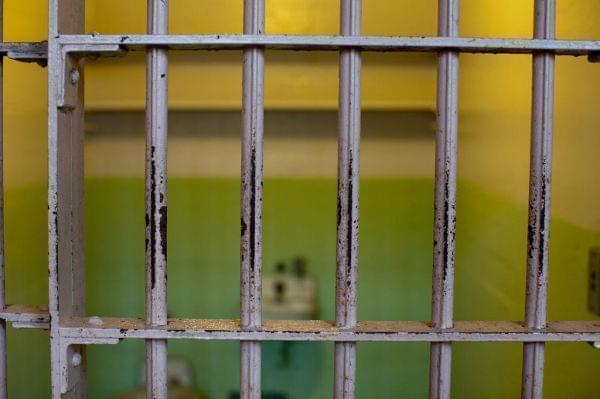Advocates Push To End The Incarceration Of Young People In Large Facilities

Youth advocates are urging Illinois adopt a five-year plan to end the incarceration of youth into large facilities. Some say these settings don’t address the youth’s needs and safety concerns. Dnak/Flickr/CC BY 2.0
Advocates across Illinois are calling on the state to change the way it handles young people who’ve committed serious crimes. They want to end the use of large prison facilities.
The alternative is to place youth into smaller community settings, where support can be focused on their educational and mental health needs.
Stephanie Kollmann is policy director for the Children and Family Justice Center legal clinic at Northwestern University’s law school. She says larger facilities require additional manpower to run daily operations, which shifts time and resources away from youth and their rehab.
“Illinois law says that we should be holding youth in the least restrictive setting," she says, "and unfortunately with uneven service availability around the state, and reductions in social services and state budget impacts, that’s become a bit of a question.”
Kollmann says about 420 youth are currently held in the state’s youth prison system. Advocates suggest the state adopt a five-year plan — to gradually reduce the population at the two largest facilities in Harrisburg and St. Charles.
In the last several years there have been more reports of physical attacks involving both staff and youth. Lawmakers and youth advocates met last month to discuss these ongoing safety concerns. They plan to continue meeting this year to discuss other issues, such as racial disparity within the youth centers and the needs of people who identify as LGBTQ.

A "report card" on the status of the state's youth prison system.
Researchers at the Children and Family Justice Center presented lawmakers with a "report card" on the status of the state's youth prison system. The report card was based on a survey, which looked at various factors such as staff training, the safety of youth as well as the mental health services offered. The average "grade" was a C plus.
The report reflects what advocates have known for years, Kollmann says.
“The number one goal of adolescent development is to be able to get youth toward adult independence and to successful, thriving lives. Prisons unfortunately build walls between youth and community—and that’s exactly the resources they need in order to move on successfully.”
Links
- Union Says Prison Inmate Assaults On Guards Up 51%
- Illinois Finally Compensating Unjustly Imprisoned
- Medical Care In Illinois Prisons; Treating Opioid Addiction
- For Victims Of Unjust Imprisonment, Budget Impasse Keeps Them Waiting
- Illinois Prison Staff Trained On Mental Illness, But Do They Really Buy In?
- Study: Illinois Women’s Prison Treats Inmates Too Harshly
- Ammons-Sponsored Prison Phonecall Bill Signed Into Law

